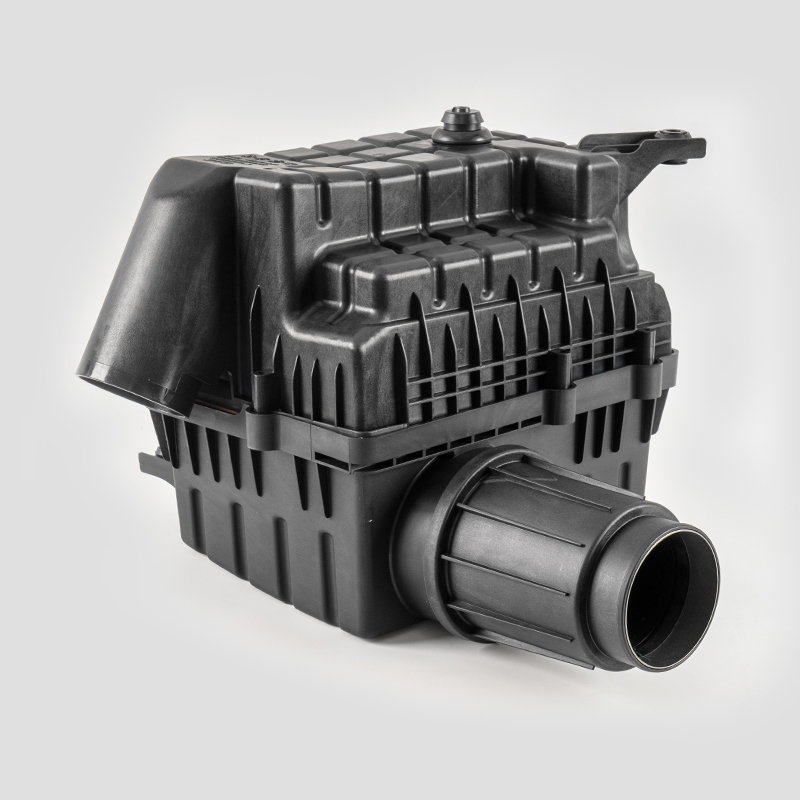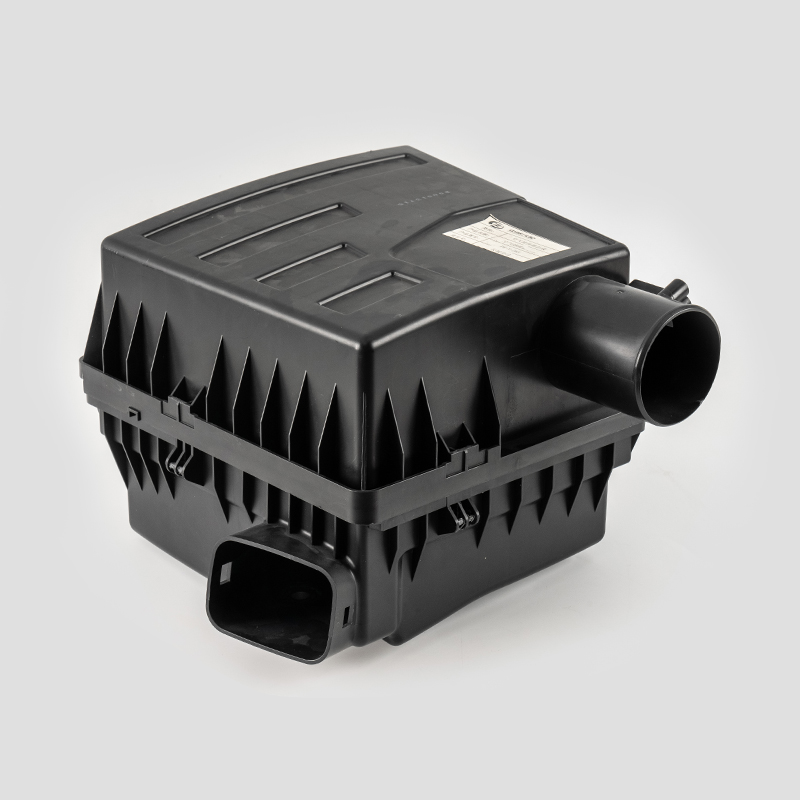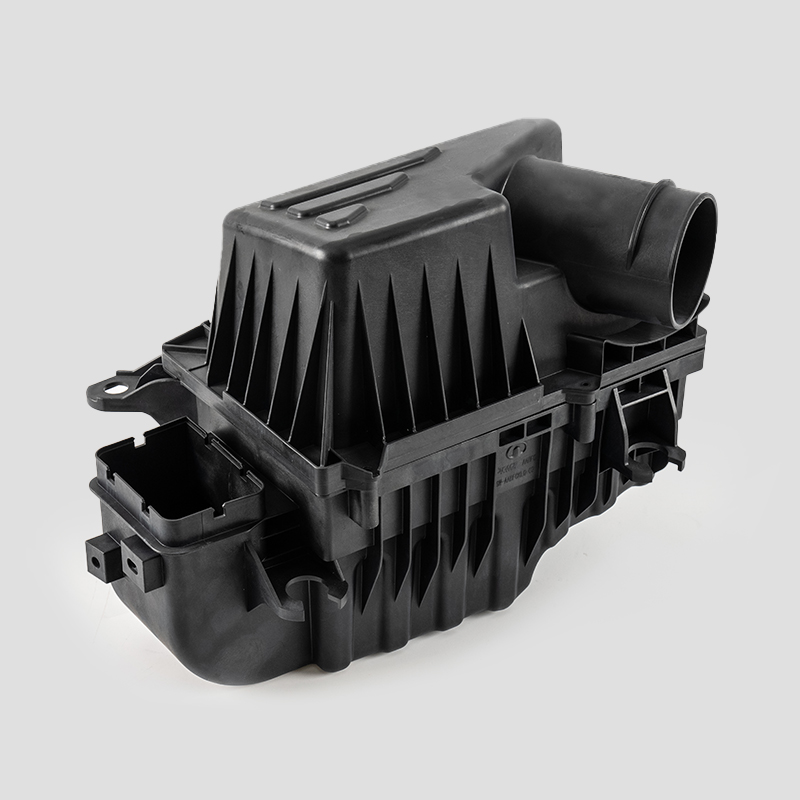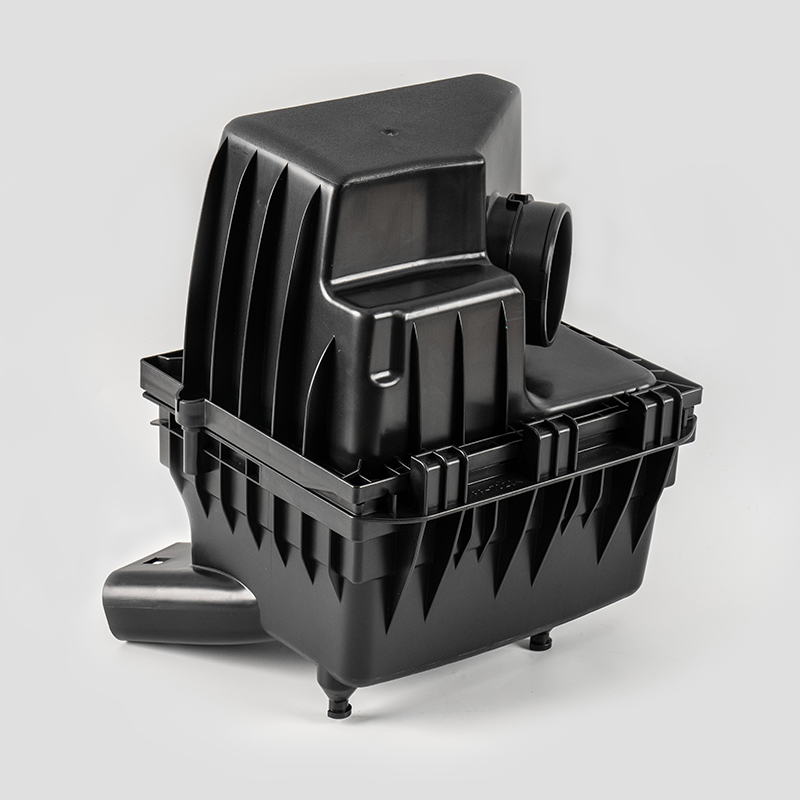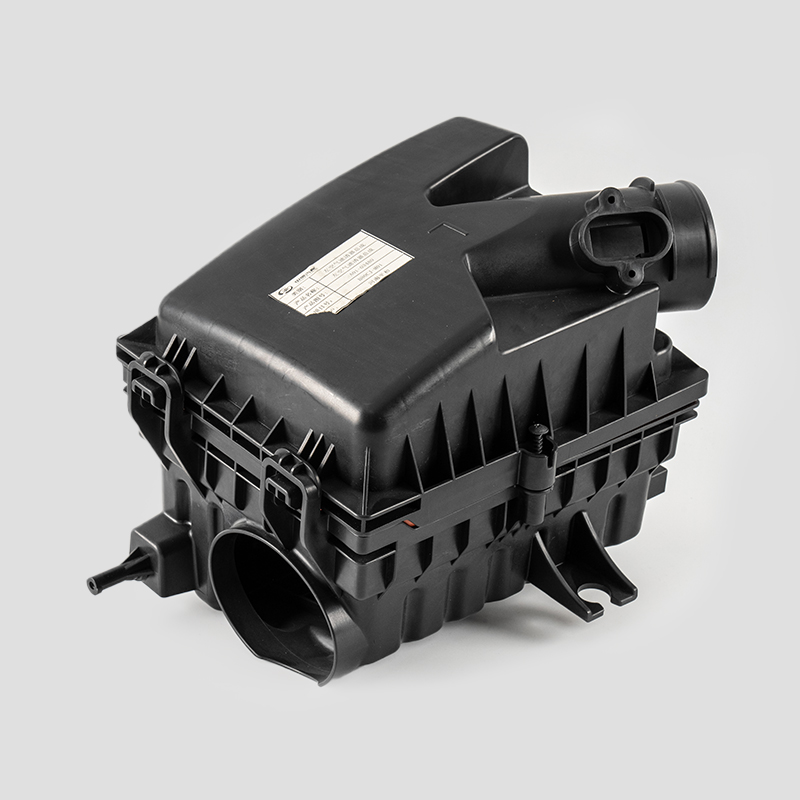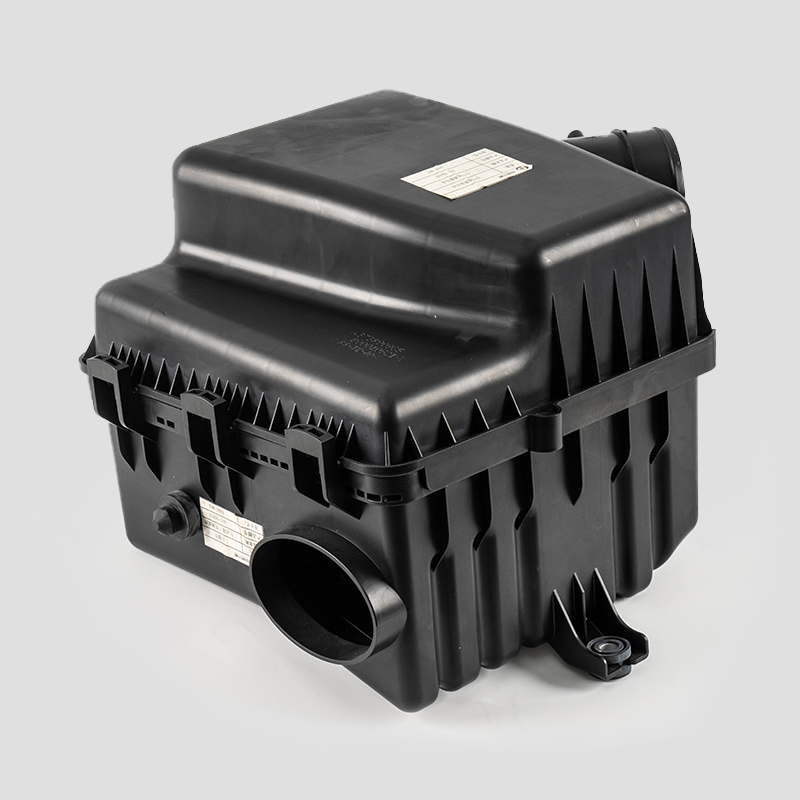How to Choose a Spinon Oil Filter That Matches the Thread Size and Seal Compatibility of Your Vehicle?
Content
- 1 Why Do Thread Size and Seal Compatibility Matter for Spin-On Oil Filters?
- 2 What Are the Common Thread Size Standards for Oil Filters?
- 3 How Can You Identify Your Vehicle’s Exact Thread Size?
- 4 What Seal Specifications Need Verification for Compatibility?
- 5 How to Avoid Mistakes When Matching Filter Specifications?
Why Do Thread Size and Seal Compatibility Matter for Spin-On Oil Filters?
Spin-on oil filters rely on precise thread fit and effective sealing to protect a vehicle’s lubrication system. The thread size ensures the filter attaches securely to the engine’s filter mount—mismatched threads can cause improper seating, leading to oil leaks that reduce lubrication and risk engine damage. Seal compatibility is equally critical: a poorly fitting seal fails to block oil bypass, allowing unfiltered oil to circulate and accumulate contaminants in the engine. Together, these factors maintain proper oil flow, prevent leaks, and extend engine life.
What Are the Common Thread Size Standards for Oil Filters?
Oil filter threads follow two primary standards: metric and Unified Fine (UNF). Metric sizes, widely used in European and Asian vehicles, are marked with “M” followed by diameter (in millimeters) and thread pitch (mm between threads). Common metric sizes include M20x1.5 (found in many compact and midsize models), M22x1.5 (used in some luxury and performance vehicles), and M24x1.5 (for larger sedans and SUVs). UNF sizes, prevalent in domestic and some Asian vehicles, use inch measurements with thread count. The 3/4–16 UNF size is common for many passenger cars, while larger trucks may use 1–16 UNF or 1–14 UNF. Understanding these standards is the first step in narrowing down compatible filters.
How Can You Identify Your Vehicle’s Exact Thread Size?
The most reliable method is consulting the vehicle’s owner’s manual, which typically lists oil filter specifications including thread size. For those without a manual, removing the existing filter offers hands-on options: measure the thread diameter (use a caliper for metric sizes or a thread gauge for UNF) and count the threads per inch (for UNF) or measure pitch (for metric). An alternative trick involves testing the filter on labeled bolts in hardware sections—matching the filter to a bolt’s marked size (e.g., M20x1.5 or 3/4–16) reveals the correct thread specification. For metric sizes, calculating diameter from circumference (circumference ÷ π) works if direct measurement is difficult.
What Seal Specifications Need Verification for Compatibility?
Seal compatibility depends on three key measurements: inside diameter, outside diameter, and thickness. These dimensions must match the engine’s filter mount to create a tight seal. For example, a seal with a 2.470-inch inside diameter, 2.850-inch outside diameter, and 0.094-inch thickness fits specific mounts, while another with 2.125-inch inside diameter and 2.415-inch outside diameter suits different applications. Material also matters—nitrile rubber is a common choice for its resistance to high temperatures and oil, ensuring durability under engine operating conditions. Always cross-reference these seal details with the vehicle’s specifications to avoid leaks.
How to Avoid Mistakes When Matching Filter Specifications?
First, never assume universal fit—even similar vehicle models may use different thread or seal sizes. Avoid relying solely on visual matching, as filters with identical exteriors can have varying internal threads or seals. If thread sizes are close but not exact, resist using adapters unless specified by the vehicle manufacturer, as adapters can compromise seal integrity and oil flow. Additionally, confirm that the filter meets original equipment (OE) specifications, as this ensures alignment with the vehicle’s engineered requirements for thread fit and seal performance. When in doubt, consult a professional mechanic or the vehicle manufacturer’s customer service for clarification.




 English
English Español
Español عربى
عربى